Industrial kitchen design, with its raw textures, exposed elements, and utilitarian aesthetic, might seem counterintuitive for small spaces. However, the style’s emphasis on functionality, durable materials, and open layouts can actually be perfect for maximizing a compact kitchen. This article will show you how to embrace the industrial aesthetic in your small kitchen, offering design inspiration, space-saving tips, and practical advice for creating a bold and functional space.
What Defines Industrial Kitchen Design?
Industrial style draws inspiration from old factories and industrial spaces. Key characteristics include:
- Raw Materials: Exposed brick, concrete, metal (stainless steel, black iron, copper), and reclaimed wood.
- Utilitarian Aesthetic: Focus on functionality and durability. Often features open shelving, exposed ductwork, and simple, sturdy furniture.
- Neutral Color Palette: Grays, blacks, whites, browns, and natural wood tones. Pops of color are often introduced through accessories or artwork.
- Vintage and Reclaimed Elements: Incorporating vintage or reclaimed furniture, lighting fixtures, or accessories.
- Open Layouts: Often features an open-concept design, connecting the kitchen to the living or dining area.
- Exposed Elements: Exposed pipes, ducts, and brickwork are common features.
- Minimalist: Keep the decoration simple.
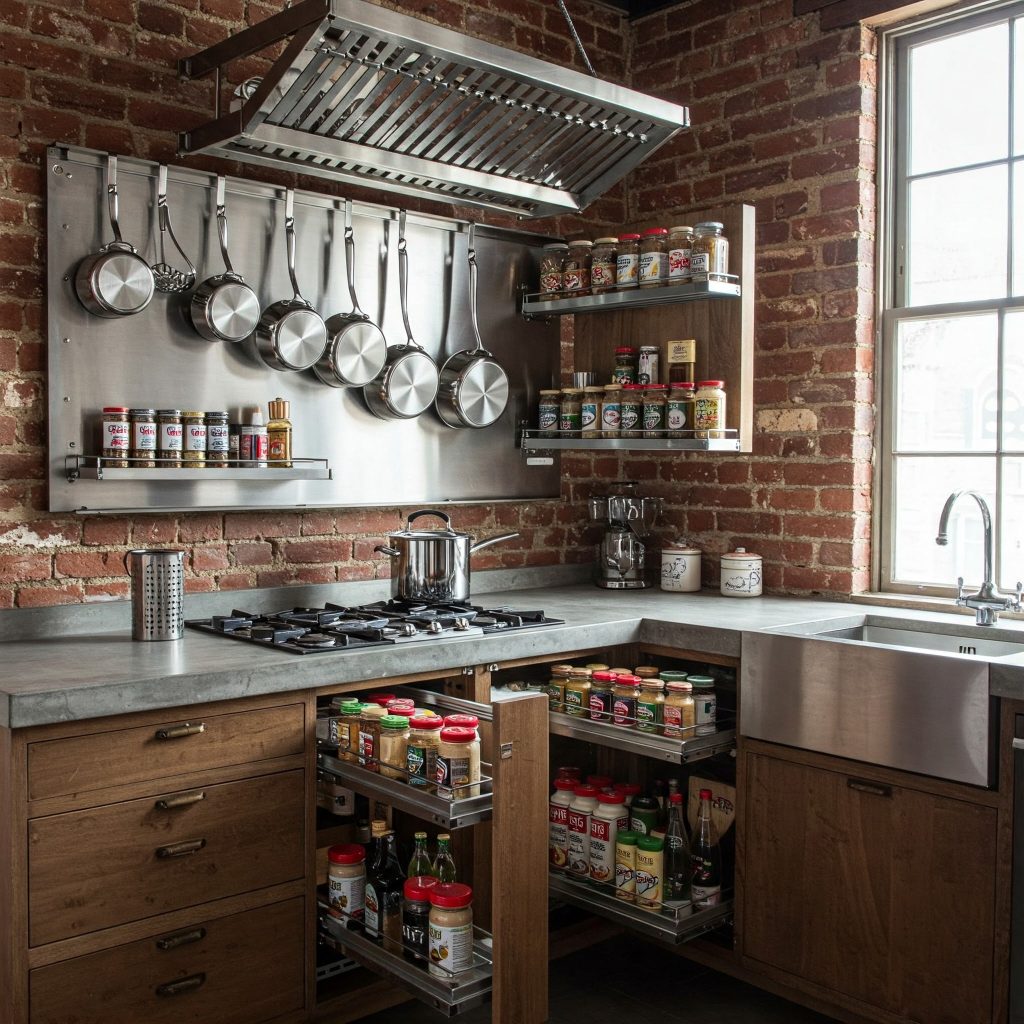
Why Industrial Design Works in Small Kitchens (and Potential Drawbacks)
Advantages:
- Openness: The emphasis on open shelving and often open layouts can make a small kitchen feel larger and less cramped.
- Functionality: The focus on practicality and durable materials is ideal for a high-traffic area like a kitchen.
- Minimalism: The minimalist aesthetic helps to avoid clutter, which is crucial in a small space.
- Vertical Space Utilization: Industrial style often incorporates open shelving and wall-mounted storage, maximizing vertical space.
- Visual Interest: The raw textures and exposed elements add visual interest without requiring a lot of decorative items.
Potential Drawbacks (and How to Address Them in Small Spaces):
- Can Feel Cold: The industrial aesthetic can sometimes feel cold or sterile. In a small space, it’s important to balance the raw elements with warmth and texture. Solution: Incorporate wood, plants, and warm lighting.
- Exposed Elements Can Look Cluttered: Exposed pipes and ducts can look messy if not done well. Solution: Careful planning and organization are key. Make sure exposed elements are clean and intentional.
- Dark Colors Can Make a Space Feel Smaller: A predominantly dark color palette can make a small kitchen feel even smaller. Solution: Use lighter colors on walls and cabinets, and incorporate plenty of light.
Key Elements and Small-Space Adaptations
Here’s how to adapt key industrial design elements for a small kitchen:
1. Materials
- Exposed Brick: If you have exposed brick, embrace it! If not, consider a brick-look tile backsplash (but use it sparingly in a small space).
- Concrete: Concrete countertops can be heavy and may not be suitable for all kitchens (especially those on upper floors). Consider concrete-look laminate or quartz as alternatives. Concrete-effect tiles can be used on floors or walls.
- Metal:
- Stainless Steel: Use for appliances, backsplashes (a small section), or open shelving.
- Black Iron: Use for cabinet hardware, lighting fixtures, or shelving brackets.
- Copper: Use sparingly as an accent (e.g., pendant lights, cookware).
- Reclaimed Wood: Use for open shelving, a small island countertop, or as an accent wall.
2. Color Palette
- Light and Bright: In a small kitchen, prioritize lighter colors to make the space feel larger and more open. White, light gray, or cream are good choices for walls and cabinets.
- Dark Accents: Use darker colors (black, charcoal gray, dark wood tones) for accents, such as countertops, hardware, or lighting fixtures.
- Warm Wood Tones: Incorporate warm wood tones to add warmth and prevent the space from feeling sterile.
3. Cabinetry
- Open Shelving: Ideal for small kitchens, as it creates a sense of openness and makes it easy to access items. Must be kept organized!
- Flat-Panel Cabinets: Sleek and minimalist. Choose light colors to maximize the sense of space.
- Metal Cabinets (Limited Use): Metal cabinets can be used, but sparingly in a small kitchen, as they can make the space feel cold.
- Glass-Front Cabinets (Limited Use): Can help make the space feel more open, but require careful organization.
- Handleless Design: Creates a clean, minimalist look.
4. Countertops
- Concrete (or Concrete-Look): As mentioned earlier, consider concrete-look alternatives for practicality.
- Butcher Block: Adds warmth and a natural element.
- Quartz (Light Colors): Durable and low-maintenance, in light colors to brighten the space.
- Stainless Steel: Durable and hygienic, but can show fingerprints easily.
5. Backsplashes
- Subway Tile (White or Light Gray): A classic and affordable choice.
- Exposed Brick (or Brick-Look Tile): As mentioned earlier.
- Metal Backsplash (Small Area): A small section of stainless steel or copper backsplash can add an industrial touch.
- Large-Format Tiles: Minimize grout lines.
6. Lighting
- Industrial-Style Pendant Lights: Use over an island or peninsula (if you have one). Choose fixtures with metal shades or exposed bulbs.
- Track Lighting: Provides flexible and adjustable lighting.
- Recessed Lighting: Provides general ambient lighting.
- Under-Cabinet Lighting: Essential for task lighting.
- Natural Light: Maximize natural light as much as possible.
7. Appliances
- Stainless Steel: The most common choice for industrial kitchens.
- Smaller Appliances: Choose compact or apartment-sized appliances to save space.
- Consider Appliance Placement: Think carefully about the placement of appliances to maximize workflow and minimize wasted space.
8. Storage Solutions (Crucial for Small Spaces!)
- Open Shelving: As mentioned above, use strategically for frequently used items.
- Wall-Mounted Pot Racks: Free up cabinet space.
- Magnetic Knife Strips: Save counter space.
- Pull-Out Shelves and Drawers: Maximize cabinet space.
- Vertical Storage: Utilize wall space with shelves, hooks, and racks.
- Rolling Carts: Provide extra storage and workspace that can be moved out of the way.
9. Layout Tips for Small Industrial Kitchens
- Galley Kitchen: A galley kitchen (two parallel runs of cabinets) can be very efficient in a small space.
- One-Wall Kitchen: If you have a very small space, a one-wall kitchen may be the best option.
- Small Island (If Possible): A small, narrow island can provide extra counter space and storage, but only if it doesn’t make the kitchen feel cramped.
- Open Concept: If possible, open up the kitchen to the living or dining area to create a sense of spaciousness.
Conclusion
Industrial kitchen design can be surprisingly effective in small spaces. By embracing the style’s inherent functionality, choosing materials and colors strategically, and maximizing storage solutions, you can create a bold, stylish, and highly practical kitchen, even in a limited area. The key is to adapt the industrial aesthetic to the constraints of a small space, prioritizing openness, light, and clever organization.

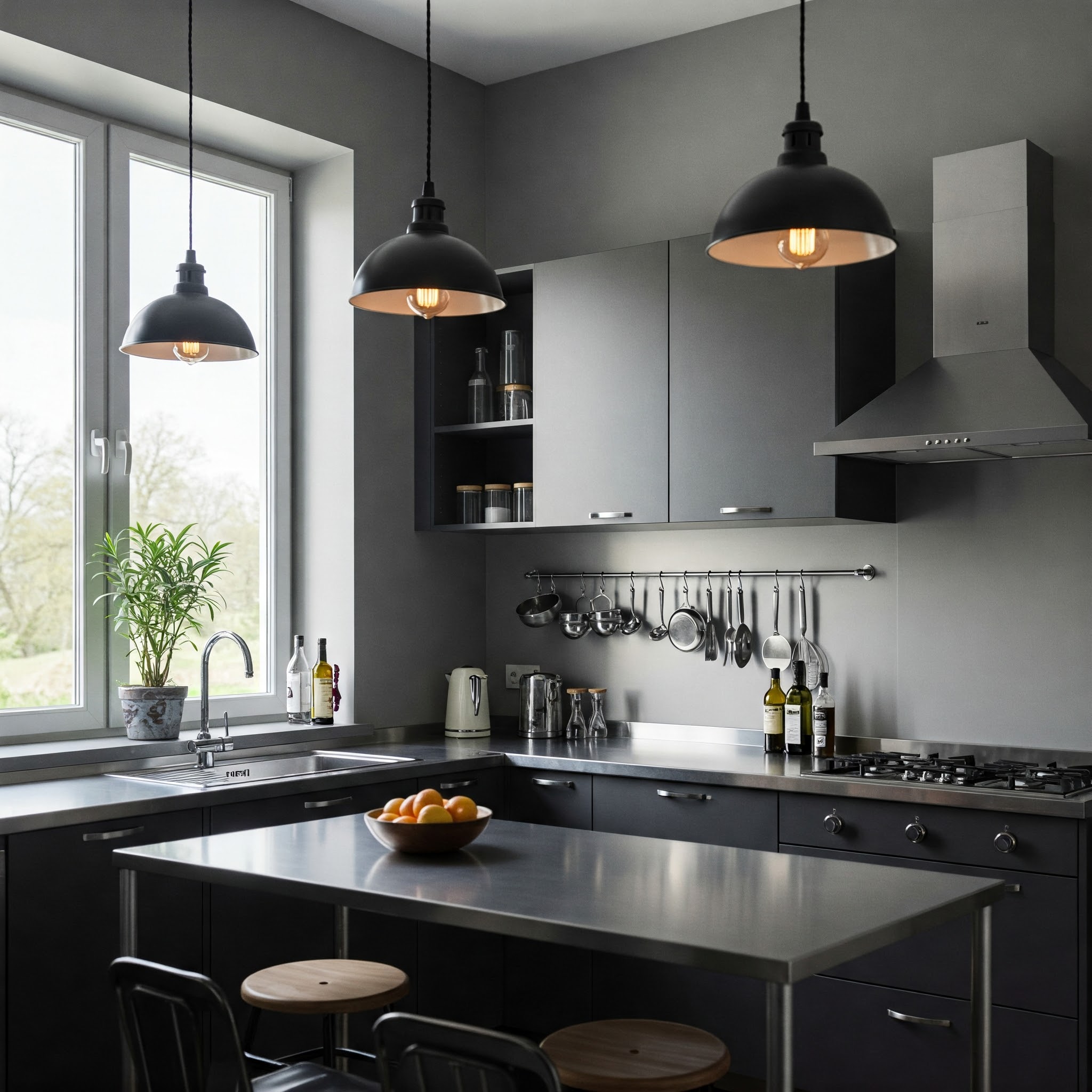
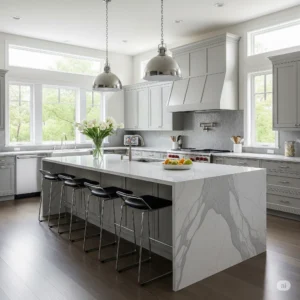
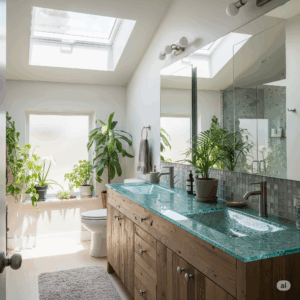
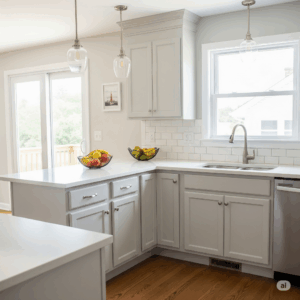
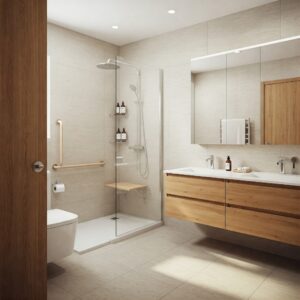

Leave a Comment